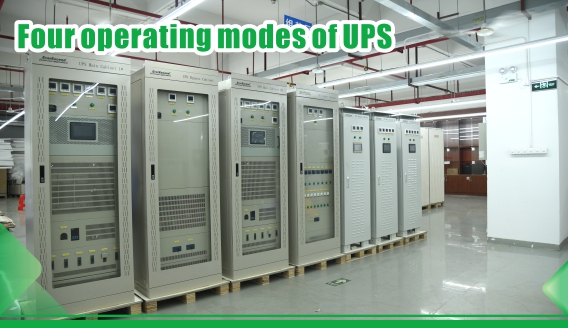
Aug , 23 2024
1、Normal operation mode The principle of the power supply system is that when the utility power is normal, the machine will convert the alternating current of the utility power to direct current, and then charge the battery for use when the power is interrupted; it is emphasized here that the power supply system will not only act when the power is out, such as when the voltage is too low or high, ...
more
